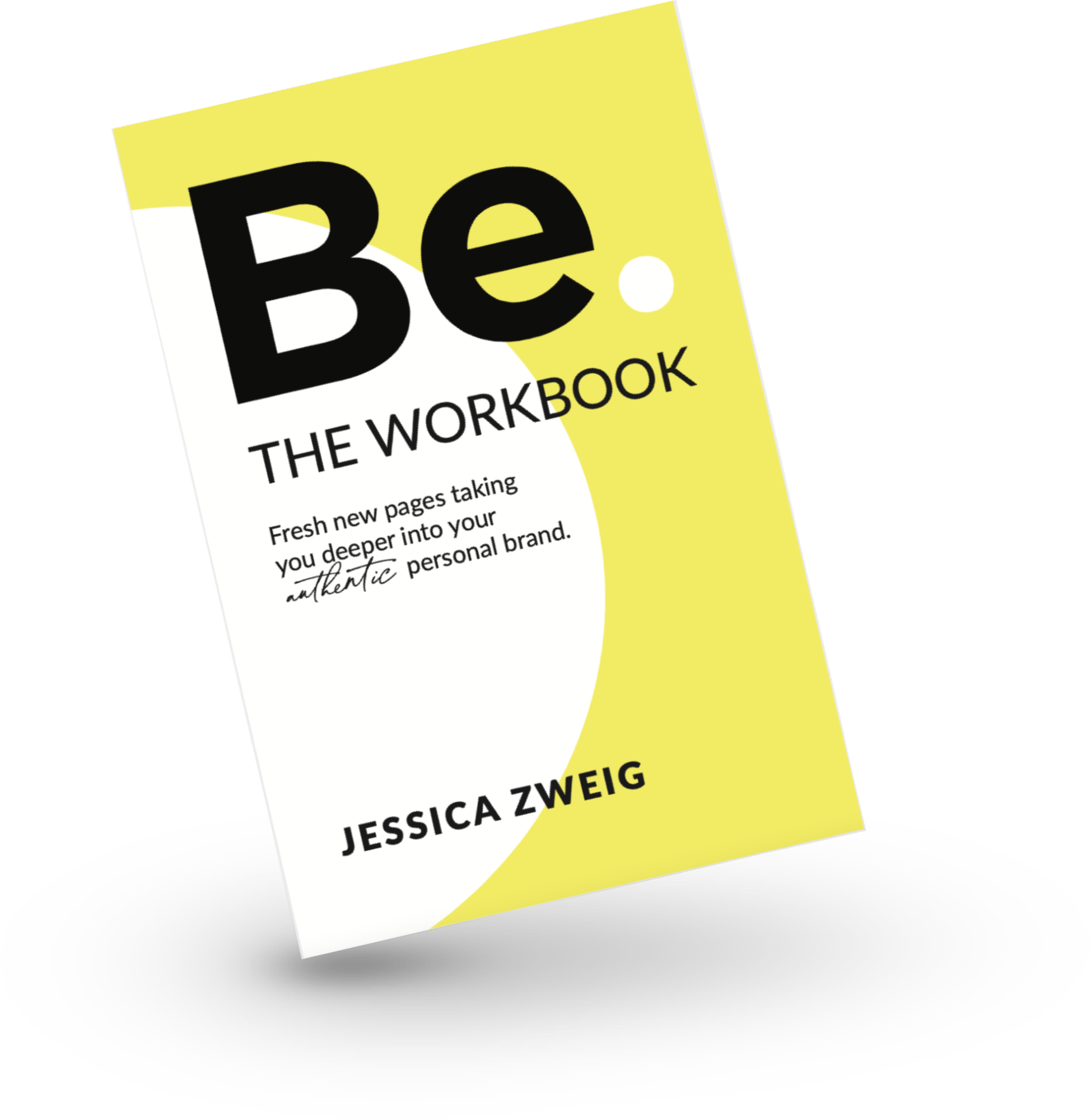A crisis can strike at any moment, challenging even the most seasoned executives. Whether it’s a public relations disaster, a financial downturn, or a sudden shift in market dynamics, how you respond can define your leadership and the future of your company. A strong personal brand is not just a tool for self-promotion; it’s a strategic asset that can help you navigate these turbulent waters, maintain stakeholder trust, and emerge stronger than before.
The Power of a Personal Brand
Think of your personal brand as a lighthouse amidst a storm. During a crisis, it acts as a beacon of trust and authenticity, guiding your audience toward stability and confidence in your leadership. A well-crafted personal brand, built on transparency, empathy, and consistency, can make all the difference when navigating crises.
The Foundations of a Strong Personal Brand
Before diving into crisis management, it’s essential to understand the foundational elements of a strong personal brand:
- Authenticity: Be true to yourself and your values. Authenticity fosters trust and credibility, making your brand relatable and genuine. In an era where consumers and stakeholders are increasingly skeptical, authenticity is non-negotiable. According to the 2022 Edelman Trust Barometer, 81% of consumers say trusting a brand is a deciding factor in their purchase decisions.
- Consistency: Ensure your message and actions align across all platforms and interactions. Consistency reinforces your brand’s integrity and reliability. A study by LucidPress found that consistent brand presentation can increase revenue by up to 23%.
- Empathy: Show understanding and compassion toward others. Empathy strengthens connections and builds loyalty, especially during crises. Empathetic leadership can improve employee engagement, productivity, and retention, as highlighted in a Harvard Business Review study.
- Visibility: Maintain a presence in your industry and community. Visibility enhances your influence and reinforces your brand’s authority. According to LinkedIn, executives who regularly post content have ten times more connections than those who don’t.
Building Your Personal Brand
To build a personal brand that can withstand crises, focus on the following strategies:
- Identify Your Unique Value Proposition (UVP): What sets you apart from other leaders in your industry? Your UVP is the core of your brand, reflecting your strengths, expertise, and passion. For instance, Richard Branson’s UVP is his adventurous spirit and commitment to innovation, making him a standout figure in the business world.
- Craft Your Narrative: Your personal story is a powerful tool. Share your journey, challenges, and triumphs to create a compelling narrative that resonates with your audience. Consider how Oprah Winfrey’s narrative of overcoming adversity and championing empowerment has made her an influential brand in her own right.
- Engage with Your Audience: Foster meaningful connections with your audience through active engagement on social media, public speaking, and networking events. By interacting genuinely, you build a loyal community that will support you during crises. Engage with empathy and provide value in every interaction, as recommended by industry experts.
- Leverage Thought Leadership: Establish yourself as a thought leader by sharing valuable insights, industry trends, and innovative ideas. Thought leadership positions you as an authority in your field, boosting your brand’s credibility. Develop content that addresses the challenges and opportunities in your industry, demonstrating your expertise.
Navigating Crisis with Your Personal Brand
When a crisis strikes, your personal brand can be a lifeline to navigate the storm. Here’s how to effectively leverage your brand during challenging times:
1. Embrace Transparency
Transparency is your greatest asset during a crisis. Be open and honest about the situation, acknowledging any mistakes and providing clear updates. Transparency builds trust, reassuring stakeholders that you are taking the necessary steps to address the issue.
Consider how Howard Schultz, former CEO of Starbucks, handled a crisis in 2018 when two black men were wrongfully arrested at a Starbucks store. Schultz responded by issuing a public apology, closing stores for racial bias training, and openly discussing the company’s efforts to address the issue. His transparency reinforced Starbucks’ commitment to inclusivity and accountability.
Best Practices for Transparency:
- Regular Updates: Communicate regularly through official channels to keep stakeholders informed.
- Own Mistakes: Admit faults and outline corrective actions promptly.
- Clear Messaging: Use simple and clear language to avoid misunderstandings and confusion.
2. Show Empathy and Compassion
Empathy is the cornerstone of effective crisis management. Demonstrate genuine concern for those affected by the crisis, whether employees, customers, or the public. By showing compassion, you humanize your brand and strengthen your connection with your audience.
During the COVID-19 pandemic, Arne Sorenson, the late CEO of Marriott International, delivered an empathetic video message to employees and customers, acknowledging the challenges faced by the hospitality industry. His heartfelt approach resonated with many and reinforced Marriott’s commitment to its people.
Best Practices for Empathy:
- Active Listening: Engage with feedback and address concerns with understanding.
- Personal Touch: Personalize communications to show individual care and attention.
- Support Initiatives: Implement programs that directly support those impacted.
3. Communicate Consistently
Consistency in communication is key during a crisis. Ensure your message aligns with your brand values and remains consistent across all channels. Avoid mixed messages or conflicting information, which can erode trust and credibility.
For example, Satya Nadella, CEO of Microsoft, maintained consistent communication during the company’s transition to remote work during the pandemic. His clear and supportive messaging reinforced Microsoft’s commitment to employee well-being and adaptability.
Best Practices for Consistency:
- Unified Messaging: Ensure all communications are aligned with your brand’s mission and values.
- Multichannel Approach: Use multiple platforms to reach diverse audiences with consistent messaging.
- Visual Consistency: Maintain a cohesive visual identity across all communications.
4. Take Decisive Action
Actions speak louder than words. Demonstrating decisive action in response to a crisis showcases your leadership and commitment to resolving the issue. Take responsibility, implement corrective measures, and communicate the steps taken to prevent future occurrences.
When Johnson & Johnson faced the Tylenol crisis in 1982, CEO James Burke took swift action by recalling millions of bottles and introducing tamper-proof packaging. His decisive actions not only protected consumers but also restored trust in the brand.
Best Practices for Decisive Action:
- Swift Response: Act quickly to address the crisis and prevent further damage.
- Evidence of Action: Share proof of implemented solutions and their impact.
- Long-Term Solutions: Focus on sustainable changes that address root causes.
Learning from Crisis
A crisis can be a powerful teacher, providing valuable lessons for personal and professional growth. After the storm has passed, take time to reflect on the experience:
- Evaluate Your Response: Assess your crisis management strategies and identify areas for improvement. What worked well? What could have been done differently?
- Strengthen Your Brand: Use the insights gained to enhance your personal brand. Identify any gaps in your brand’s foundation and take steps to reinforce its authenticity, consistency, and empathy.
- Share Your Learnings: Share the lessons learned with your audience through blogs, articles, or public speaking engagements. By doing so, you demonstrate vulnerability and authenticity, further strengthening your brand’s connection with your audience.
A Resilient Personal Brand
Navigating crises with a strong personal brand requires authenticity, transparency, empathy, and decisive action. By embracing these qualities, you can effectively steer your company through challenging times while simultaneously building trust and credibility with your audience.
Remember, a crisis is not the end; it’s an opportunity for growth and transformation. Your personal brand can be your guiding light, illuminating the path to recovery and paving the way for future success. Embrace the power of your brand, and you’ll emerge from any storm stronger and more resilient than ever before.
Resources:
1. Howard Schultz and Starbucks Racial Bias Crisis (2018)
- Event Description: Two black men were arrested at a Starbucks in Philadelphia for sitting without ordering anything, sparking a national outrage and accusations of racial bias against Starbucks.
- Schultz’s Response: Howard Schultz, then Executive Chairman, issued a public apology, closed 8,000 stores for racial bias training, and engaged in open discussions about the issue.
- Sources:
- The Guardian: Starbucks to Close 8,000 US Stores for Racial Bias Training.
- Fortune: Howard Schultz on Starbucks’ Racial Bias Crisis.
2. Arne Sorenson and Marriott International (COVID-19 Pandemic)
- Event Description: The COVID-19 pandemic severely impacted the hospitality industry, and Marriott International faced significant challenges.
- Sorenson’s Response: Arne Sorenson delivered an empathetic video message addressing the impact on Marriott employees and customers, showcasing leadership transparency and compassion.
- Sources:
3. Satya Nadella and Microsoft (Remote Work Transition)
- Event Description: During the COVID-19 pandemic, Microsoft transitioned to remote work, emphasizing employee well-being and adaptability.
- Nadella’s Response: Satya Nadella maintained consistent communication with employees and stakeholders, reinforcing Microsoft’s commitment to employee welfare.
- Sources:
- CNBC: How Microsoft Transitioned to Remote Work.
- Forbes: Satya Nadella on Leadership During COVID-19.
4. James Burke and Johnson & Johnson (Tylenol Crisis 1982)
- Event Description: In 1982, several people died after taking Tylenol capsules laced with cyanide, leading to a massive public health crisis.
- Burke’s Response: James Burke, CEO of Johnson & Johnson, recalled 31 million bottles of Tylenol, introduced tamper-proof packaging, and communicated openly with the public.
- Sources:
Industry Best Practices and Statistics:
- Edelman Trust Barometer: The importance of trust in brands, with a significant percentage of consumers emphasizing trust in their purchase decisions.
- Edelman Trust Barometer 2022.
- LucidPress Study: The impact of consistent brand presentation on revenue.
- LucidPress: The Impact of Brand Consistency.
- Harvard Business Review on Empathetic Leadership: The benefits of empathy in leadership and its impact on employee engagement.
- LinkedIn on Executive Visibility: The correlation between executive visibility on LinkedIn and increased connections.







